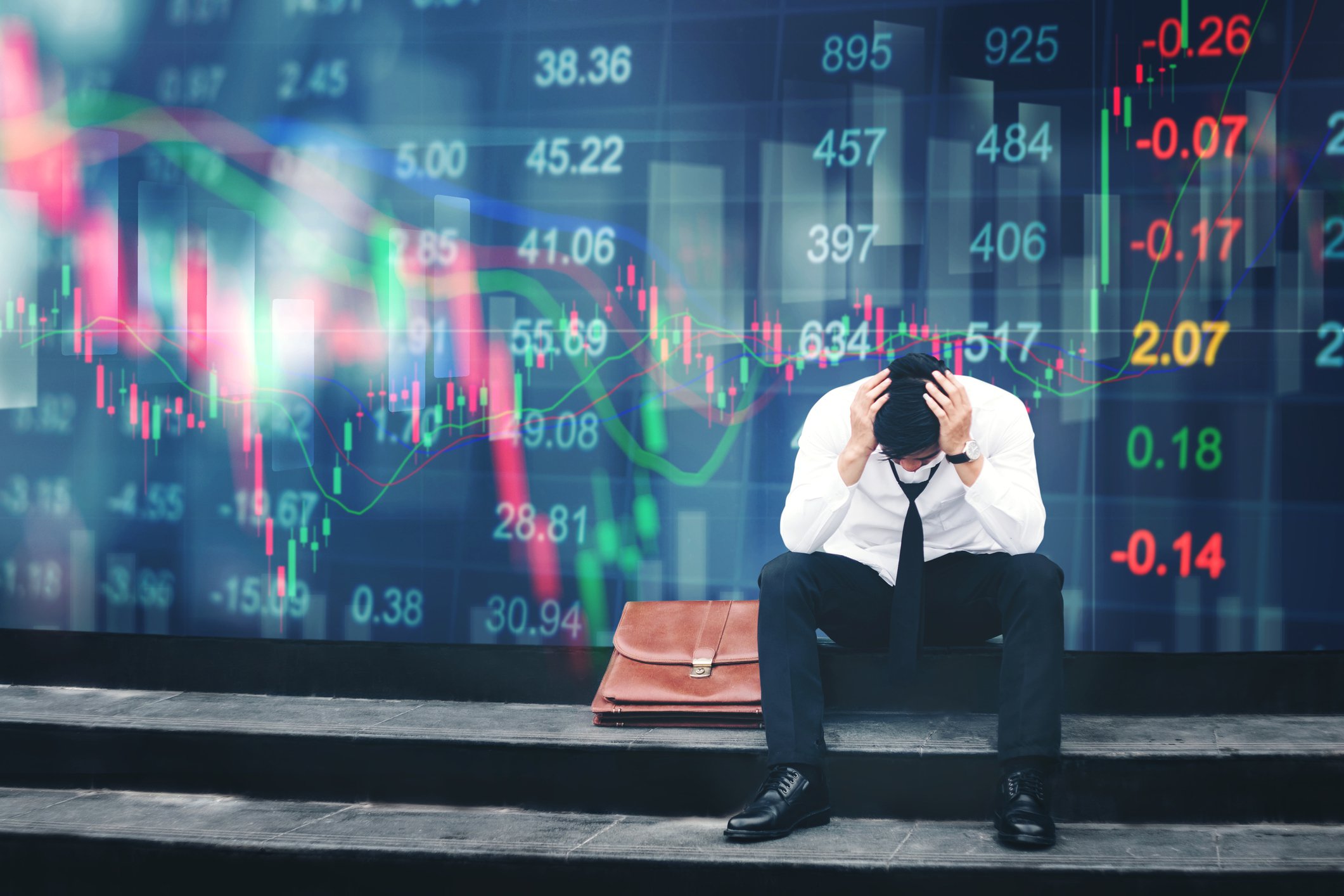
If you’re in a frenzy because of the market’s recent volatility, a bit of perspective might come in handy. After all, studies show that a steady hand is a key to building long-term financial security. No one can know what the future might have in store for stocks, but lessons learned from prior stock market crashes could help you navigate the next one. Read on to learn what caused the eight worst market sell-offs over the past 100 years and what happened afterward.
Invest better with The Motley Fool. Get stock recommendations, portfolio guidance, and more from The Motley Fool's premium services.